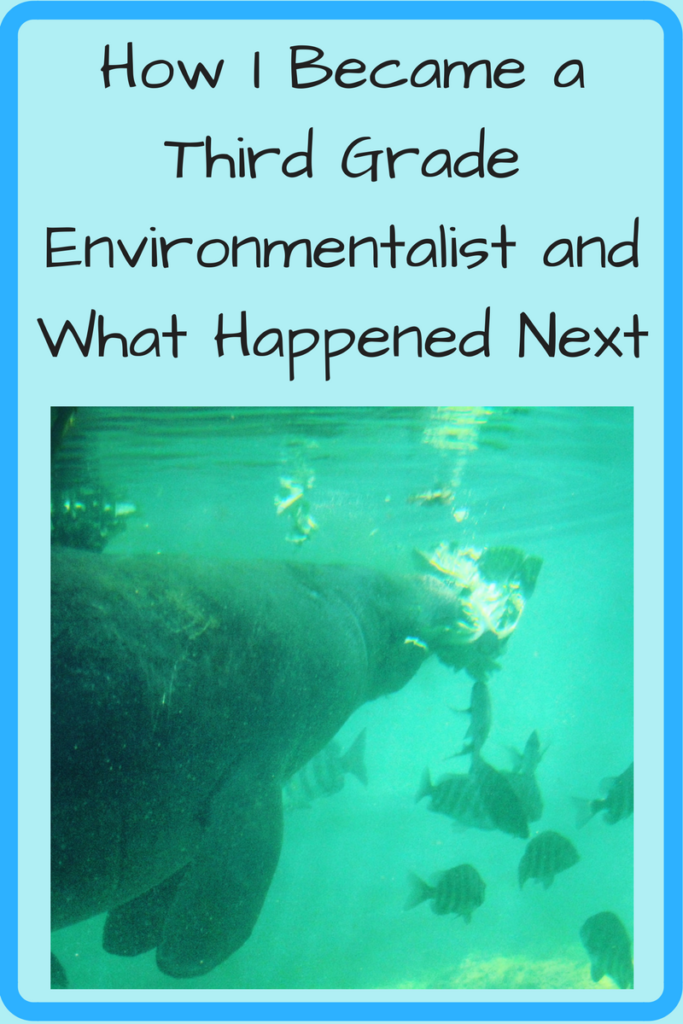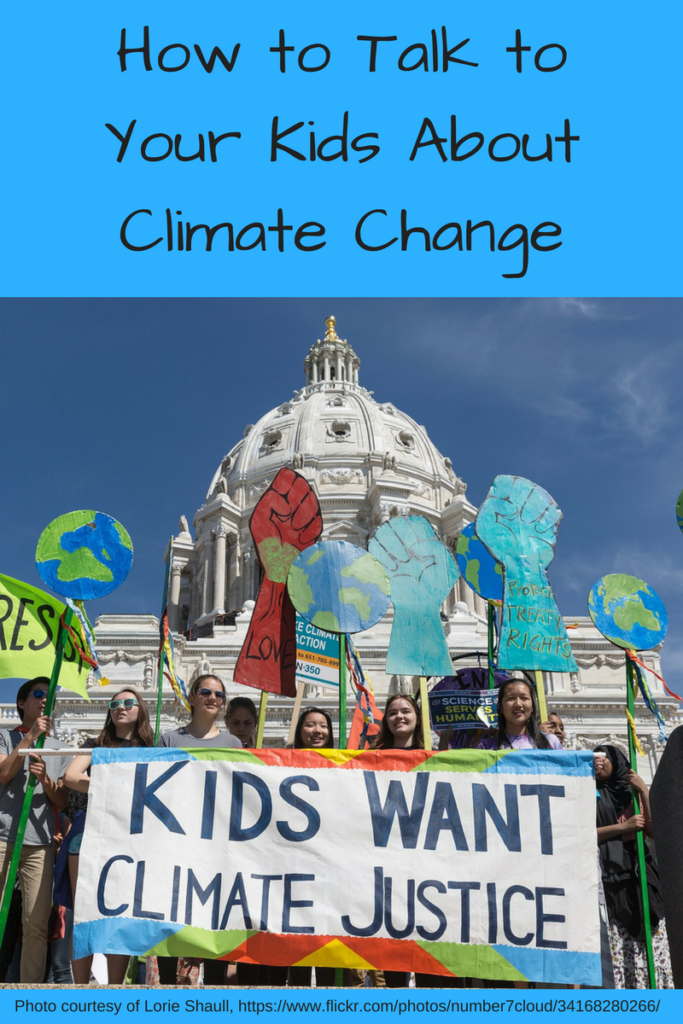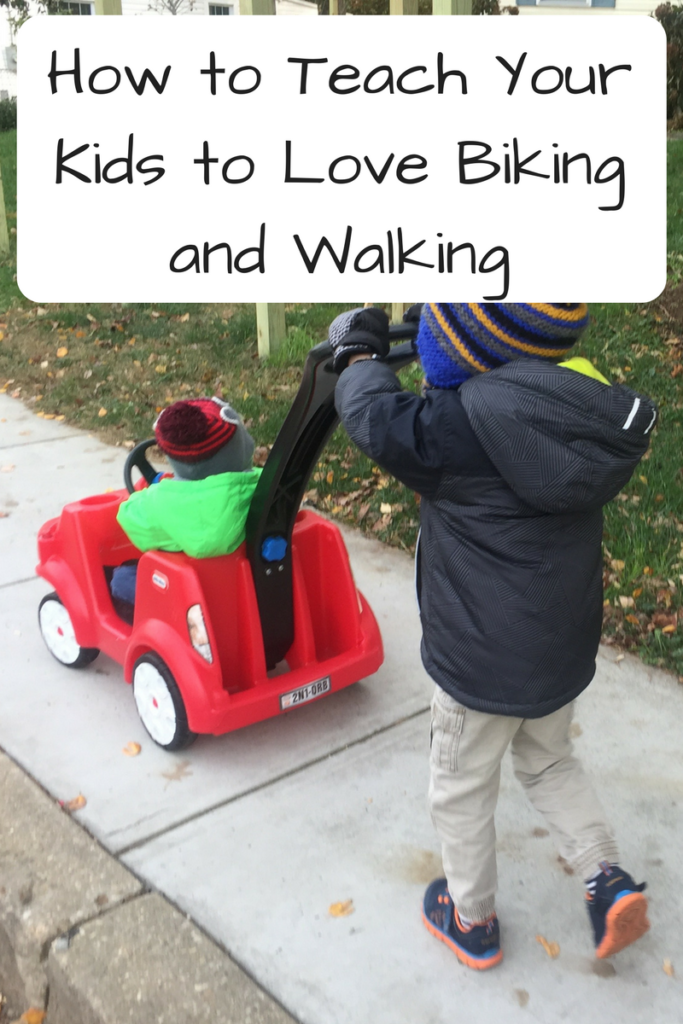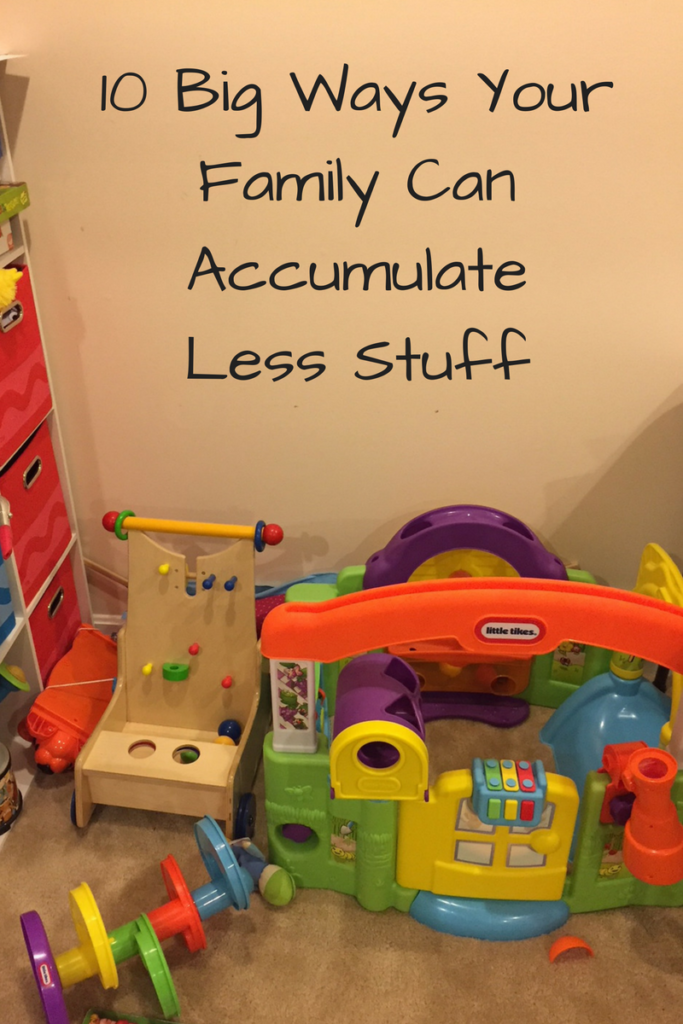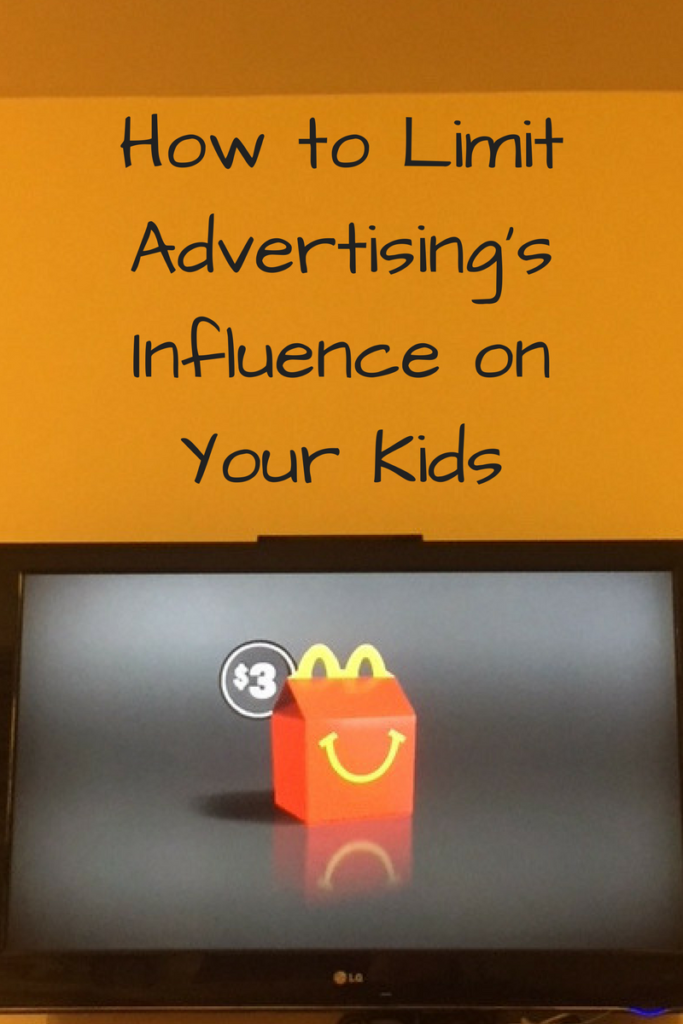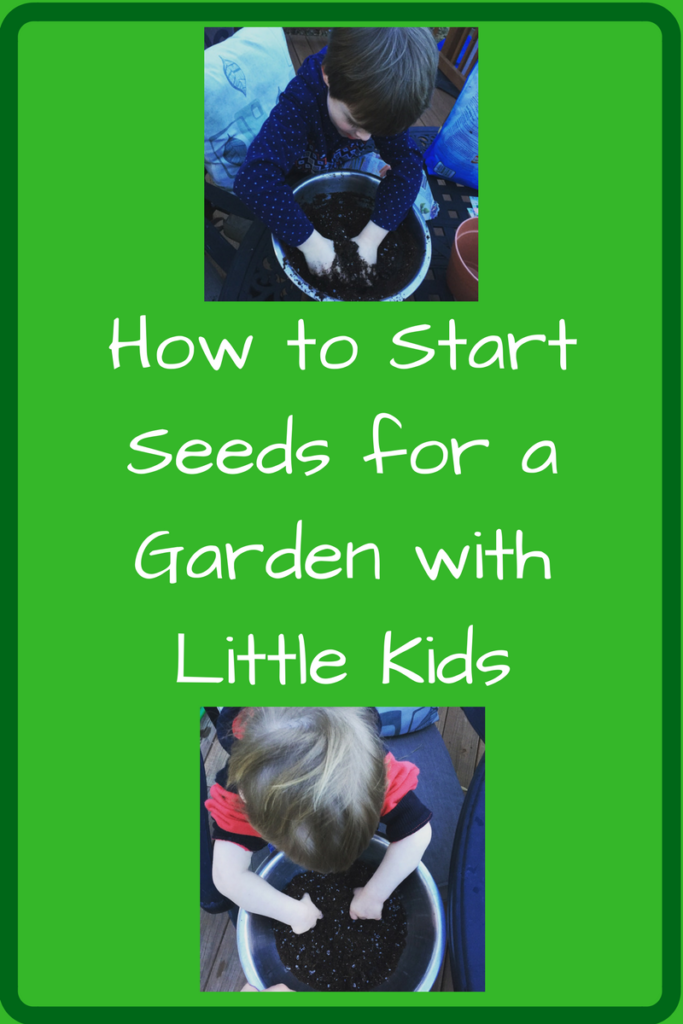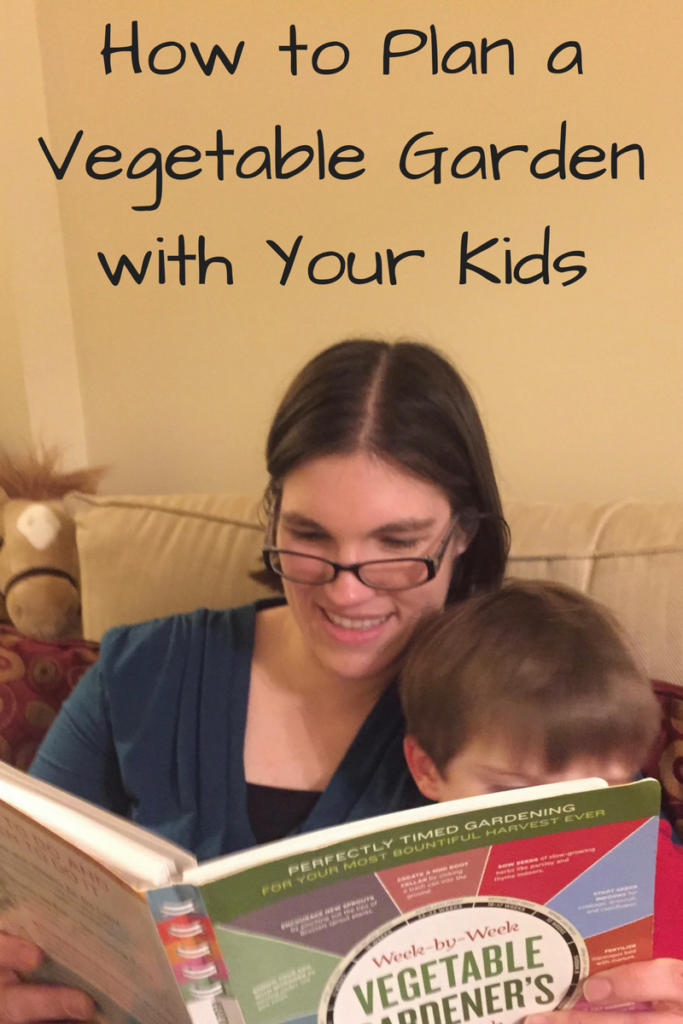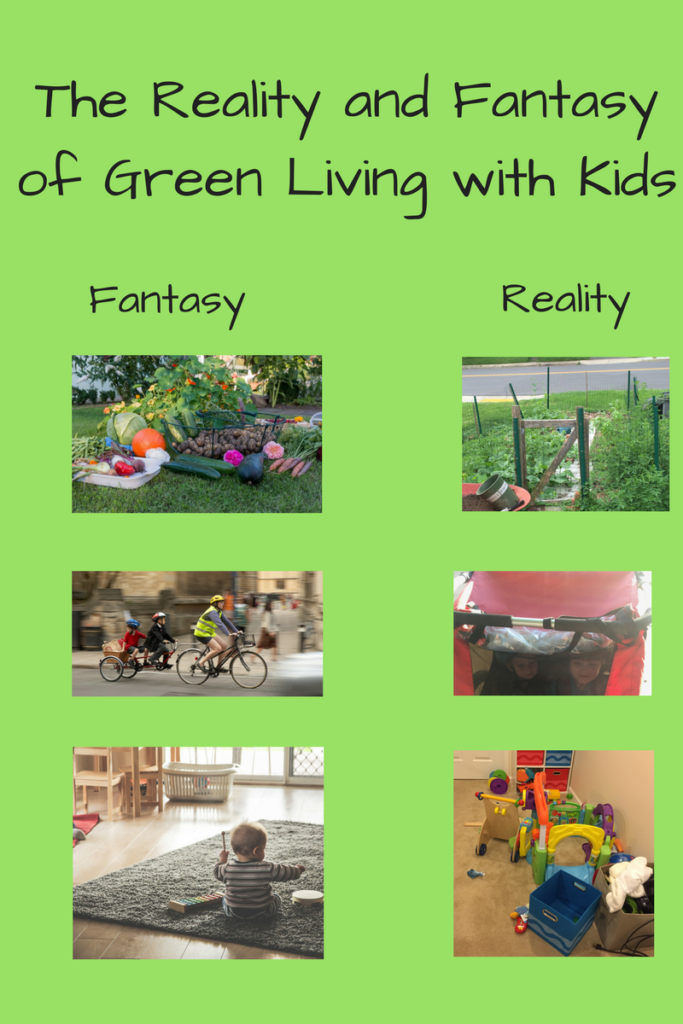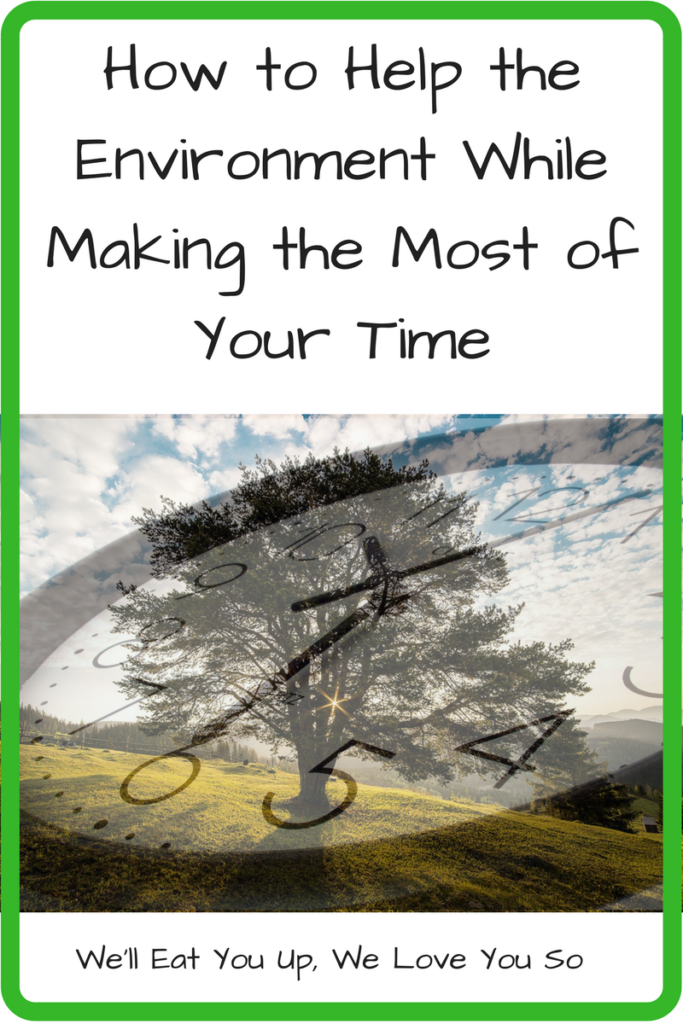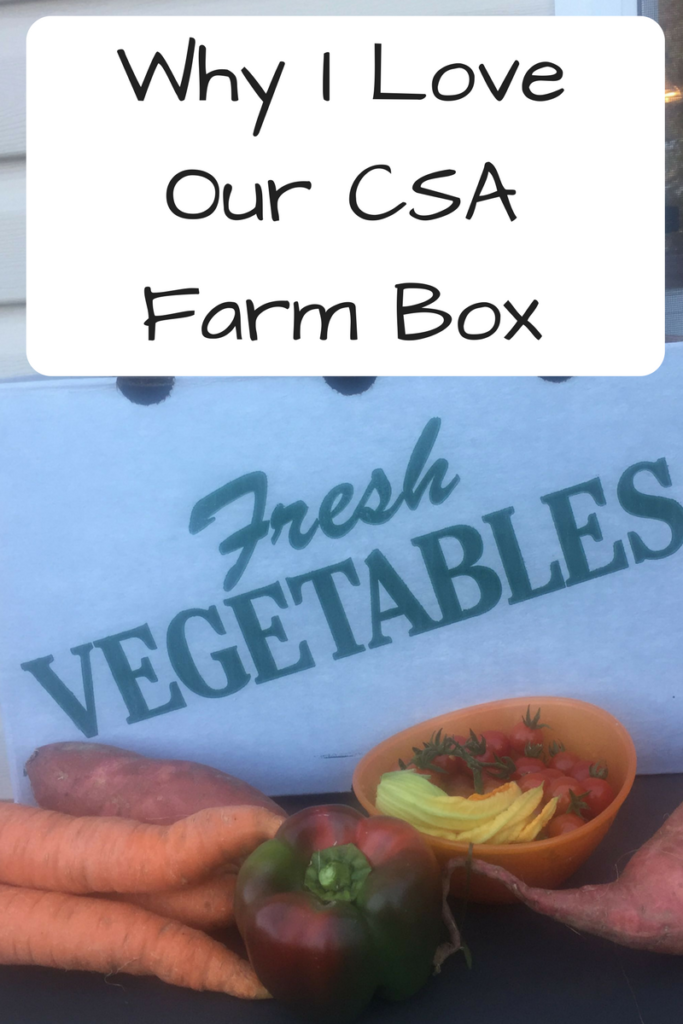
Poking at his dinner, my son eats around his vegetables, going straight for the tortellini. Examining the colorful array on my plate, I ask my husband, “Is everything here from the garden or farm box?”
“Yeah, except for the sun-dried tomatoes,” he responds.
Pointing out the vegetables to my son with my fork, I say, “It’s zucchini from our garden and mushrooms and peppers from the farm box.”
He hestitates, then stabs a mushroom and puts it in his mouth. “It’s good,” he says with a full mouth.
“Isn’t it?” I say and smile.
The “farm box” is the weekly delivery we get from our community supported agriculture (otherwise known as CSA) program. For those not familiar with it, a CSA involves pre-paying at the beginning of a season for produce and sometimes other farm goods, like meat and eggs. Throughout the season, you pick up a box of food each week that the farm delivers to a specific location. LocalHarvest has a list of CSAs around the country.
While I love local food, I had stayed away from CSAs for years. The last time we subscribed to one, I was in graduate school ten years ago. Because we lived in England, it was full of root vegetables that we had no idea what to do with. Sometimes that was great. I did learn to love parsnips and still use them. Other times it was disastrous. When I tried to use up the beets, I ended up burning a borscht soup that was already pretty bad. Despite pretending “it wasn’t that bad,” it was one of the worst things I have ever eaten in my life.
This year, we thought it might be time to try a CSA again. While we love how locally-grown is fresher and connects you to the farmers, we were finding it harder and harder to get to the farmers’ market on Saturday mornings. Here’s why I’m glad that we subscribed to Bending Bridge Farm’s community supported agriculture program:
Continue reading →
